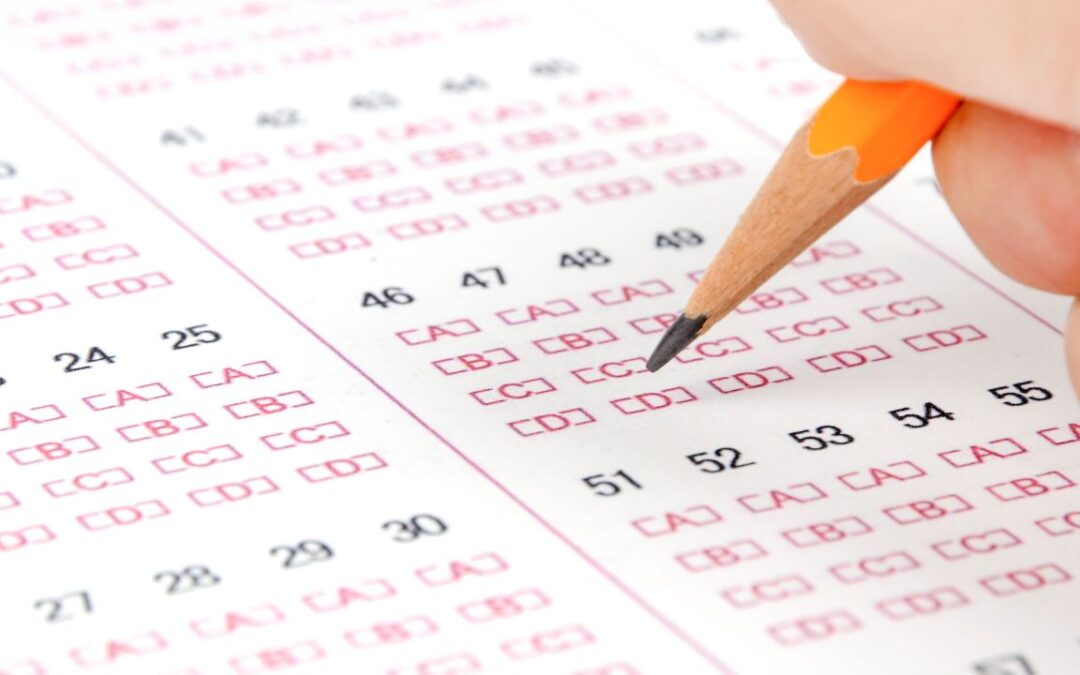College admissions season doesn’t start when the first deadline hits. It starts now—with how your student approaches the Common Application. And whether you’re months ahead or just kicking off, how you tackle the first few steps will shape the entire process.
So before you obsess over essays or scramble to submit, let’s slow down and focus on three areas where most families either rush, guess, or miss the strategy entirely.
1. The Email Address Isn’t Just a Detail
When your student creates their Common App account, it’s tempting to just plug in whatever email is easiest. Don’t.
Use a personal, professional-looking Gmail address (not their high school one). Why? Because school emails often get shut down after graduation. And you need consistent access for months—especially for waitlist notifications, portal updates, and financial aid forms.
Pro tip: create a new, clean address just for college apps. Something like [email protected] keeps communication streamlined and avoids missing anything in a cluttered inbox.
It’s a small move with outsized impact—and one of the most common early mistakes I see.
2. The Activities List Needs Strategy, Not Just Memory
You get ten spots. That’s it. And how your student ranks and describes those activities says more to an admissions officer than most families realize.
The first 2–3 activities are your front line—they should directly support your student’s intended major, intellectual focus, or values. The rest should fill in the picture: leadership, initiative, curiosity, depth over time.
Most students list in random order. Or worse, they pad the list just to hit ten. Don’t. If you’ve done six things deeply and meaningfully, that’s stronger than a list of throwaway roles.
And when it comes to the 150-character description? Don’t restate the title. Skip fluff. Show impact: “Launched school-wide mental health initiative; organized 4 workshops; reached 300+ students” reads a lot better than “Participated in mental health club.”
This section gets scanned quickly—but it’s one of the most important.
3. Essays Are Not English Assignments
Yes, the Common App Personal Statement is a writing sample. But it’s not about prose. It’s about positioning.
An effective essay sells your student’s character, drive, and curiosity. It adds context and tone to the rest of the app. It supports the strategy already coming through in their activities and academics.
The biggest mistakes?
- Treating the essay like a short story, not a pitch.
- Spending three paragraphs on a grandparent or coach, then squeezing in two about themselves.
- Waiting until November to start.
Begin with Prompt #7 (“topic of your choice”)—it gives the most freedom. Then ask: What do I want the reader to feel, believe, or understand about me that isn’t already obvious?
If the answer isn’t clear, the essay isn’t ready.
Where to Go From Here
These three areas—account setup, activity list, and essay mindset—aren’t everything. But they’re the foundation.
If you want to get the rest right—academics, recommenders, additional info, supplements—you’ll need a step-by-step map. I’ve created that for you.
Listen to the latest Admittedly podcast episode for insider insight and calm, confident direction.
We’re not here to panic. We’re here to plan.







